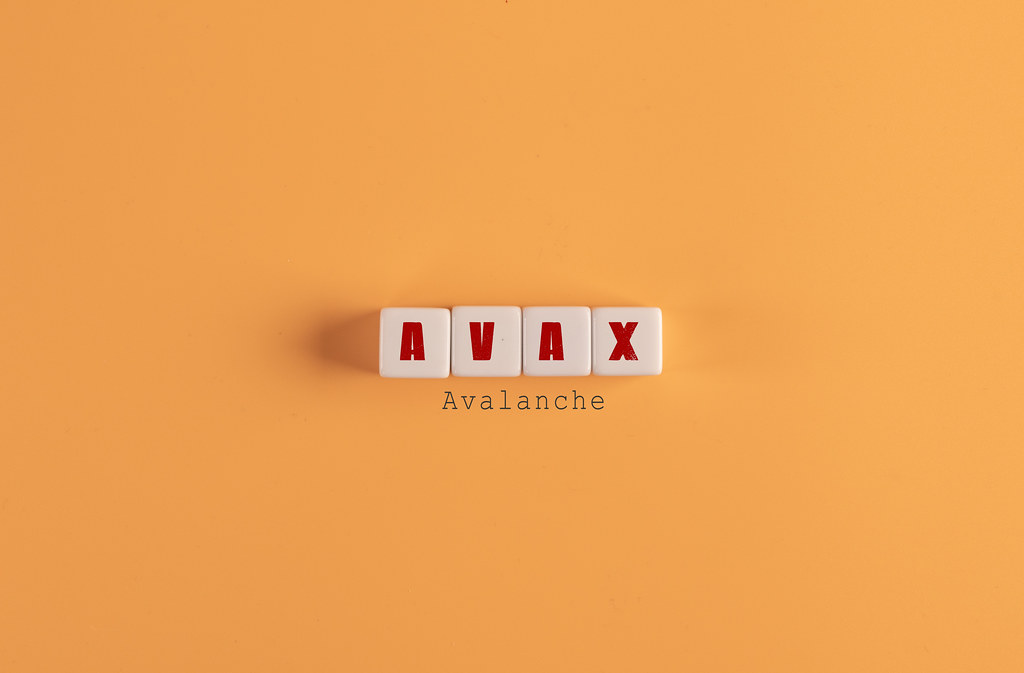Founded in 2018, Avalanche is an open-source layer 1 network for launching DeFi applications and enterprise blockchain solutions in one interoperable, highly scalable ecosystem. From its native token’s (AVAX) whitepaper, Avalanche has governance but is limited to using its consensus mechanism to build a system that allows anyone to propose special transactions.
With a capped supply of 720,000,000 AVAX tokens with 220,286,577.21 tokens already burned as at 27th September, 2021 according to coinmarketcap.com, this ensures scarcity and protects avalanches native token from suffering the continuous dilution through inflation like other staking platforms.
High Latency Speeds, Reduced Transactions, Excellent Security
The network claims to be the fastest smart contracts platform in the blockchain industry, as measured by time-to-finality, currently sitting at a record <0.2 seconds and has the most validators securing its activity of any proof-of-stake protocol.
Avalanche has a high transaction throughput of about 4,500 transactions per second (TPS). It also boasts of a high latency speed at just 1 sub- second compared to Bitcoins 60minutes,Ethereum 2.0’s 6 minutes and Polkadot’s 60 seconds(and up to 60 minutes to external chains)
Central to its operations is the Avalanche Bridge (AB) that can be used to transfer ERC20 tokens from Ethereum to Avalanche’s C-Chain and vice versa. The AVA token is crucial for securing the network, paying for expensive operations in the network, and enabling atomic swaps of assets (between subnetworks). The AVA token has similar functionality to “gas” in Ethereum, although it has additional utility.
While other networks such as Bitcoin only have BTC, validators of Ava enjoy a rich array of other sources of value accumulation besides just purely AVA. AVA aims to be the universal unit of account with the aim of one day becoming a globally accepted currency, which makes it valuable. AVA also allows applications built on its network to have their own tokens which pay fees in their native currency to Ava validators.
Avalanche uses Proof of Stake instead of Proof of Work, with nearly $10 Billion of staked value securing the network with an impressive 77.26% of the entire supply being staked, just 6 months after mainnet. Proof of Stake is not only more secure than Proof of Work as evident by the number of 51% attacks seen against POW Chains due to the ease of renting hash power compared to acquiring stake, but it’s also requires far less energy consumption.
Enter Apricot Phase Four-Snowman ++ and Reduced C-Chain Fees
On September 22, Apricot Phase Four, a heterogenous upgrade designed to improve the networks functionalities and was activated on the Avalanche Mainnet. The upgrade comprised of two major subsystems namely Snowman++ and Reduced C-Chain Fees.
Snowman++ is a chain-optimized consensus protocol–high-throughput, totally-ordered improvement to Avalanches original Snowman protocol. Snowman++ is expected to greatly reduce the amount of contention seen in highly adversarial environments by up to ~99.7%, compared to Snowman which results in a direct reduction in validator bandwidth/CPU/disk IO usage improving the use-case for smart contracts.
On the other hand through C-Chain reduced fees, the C-Chain which is Avalanche’s blockchain dedicated to smart contracts will see transaction fees lowered (around 250 gwei worth of AVAX) while increasing transaction speeds in the implementation of the Ethereum Virtual Machine. This is also expected to improve the ease at which Ethereum projects maybe easily expanded to C-Chain.

